
About Andrew Cusack
 Writer, web designer, etc.; born in New York; educated in Argentina, Scotland, and South Africa; now based in London.
Writer, web designer, etc.; born in New York; educated in Argentina, Scotland, and South Africa; now based in London. read more
News
Blogs
Reviews & Periodicals
Arts & Design
World
France
Mitteleuropa
Knickerbockers
Argentina
The Levant
Africa
Cape of Good Hope
Netherlands
Scandinavia
Québec
India
Muscovy
Germany
Academica
Praga Caput Regni
Prague: Capital & Head of the Bohemian Realm
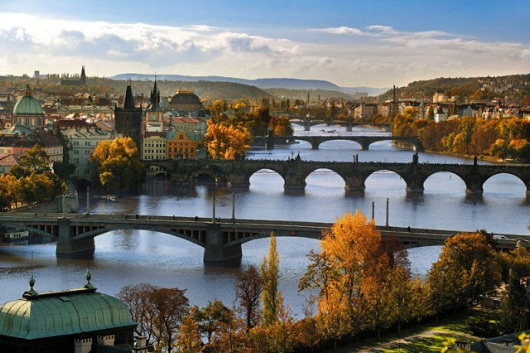
Prague is traditionally known as “Praga Caput Regni” — the capital of the realm, or indeed the head of the Bohemian body. Changing times and a different form of government mean that the arms of this ancient city now bear the motto “Praga Caput Rei Publicae” instead. The photographer Libor Sváček was born in the be-castled city of Krummau, and has a splendid book of photographs of that town, but here are a number of his photographs of Prague, which splendidly exhibit the Old Town at its most beautiful.
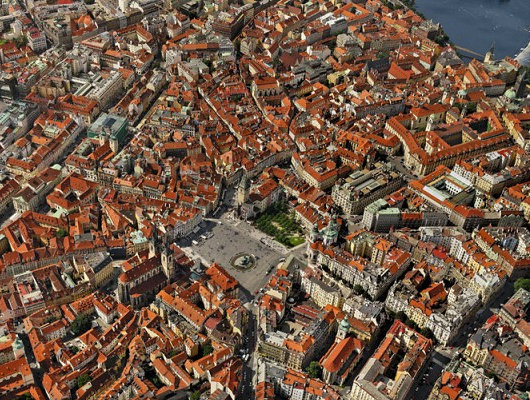
The Old Town Square is at the very center of Prague. Lamentably, the old Town Hall was not rebuilt after its wartime destruction in 1945. Its clock tower, with one of the most famous astronomical clocks in the world, remains, but the rest of the site is now occupied by a green park.
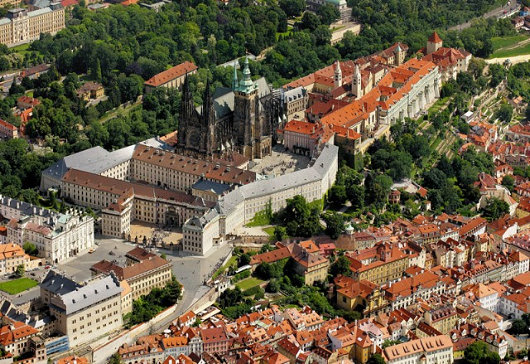
Pražský hrad — the Prague Castle. “A spell hangs in the air of this citadel,” Patrick Leigh Fermor wrote in A Time of Gifts, “and I was under its thrall long before I could pronounce its name.” The hrad has been the center of authority for centuries, housing the Přemyslid, Luxemburg, and Hapsburg dynasties, the Czechoslovak presidents, the Nazi Reichsprotektor, and the presidents of the Czech Republic.
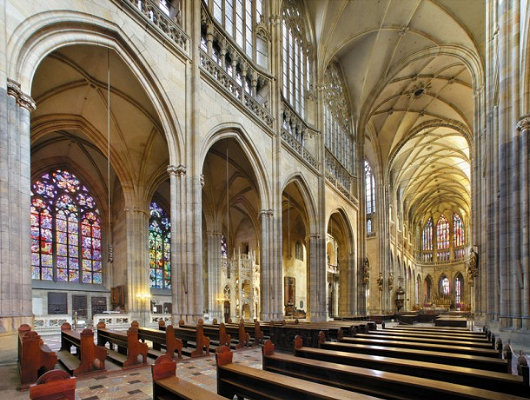
In the center of the Castle district, or Hradčany, is the Cathedral of St. Vitus, St. Wenceslas, and St. Adalbert (more commonly known just as St. Vitus Cathedral). The tomb of St. Wenceslas is here, as is the Crown Chamber holding the Bohemian Crown Jewels.
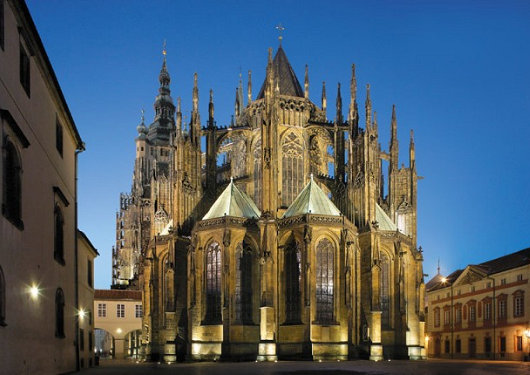
Work on the cathedral began in 1344, but came to a halt in the 1420s during the Hussite Wars. In 1844, an earnest canon of the cathedral began to organise and campaign for the cathedral’s completion, and work on the western half of the cathedral began in 1861. The finishing touches were completed in time for the St. Wenceslas jubilee in 1929.
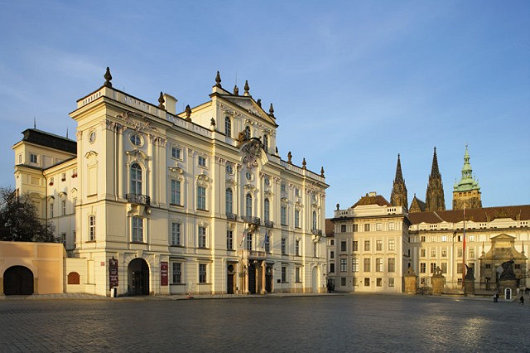
The Archbishop’s Palace has been home to the Primate of Bohemia since 1562. It was lavishly redecorated in Baroque and Rococo styles towards the end of the seventeenth century.
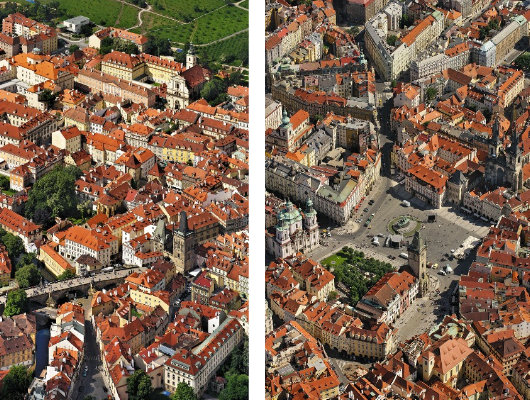
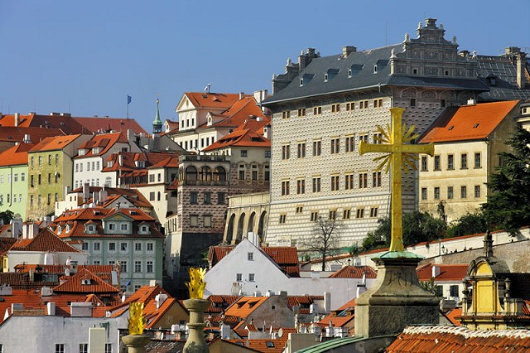
The Schwarzenberg Palace was actually built for the Lobkowicz family from 1546-1567, but came into the possesion of the Schwarzenbergs by marriage in 1719. When the Nazis took Prague, Adolf von Schwarzenberg, no friend to Hitler, was head of the dynasty. As the Times of London reported some years ago, “During Hitler’s victory celebrations in Vienna in 1938, he raised a black flag over his palace in Prague, and when the Nazis banned Jews from gardens and parks he opened the garden of his Viennese palace to the public, hanging a sign saying ‘Jews welcome’ on the gate.” Not surprisingly, the Nazis confiscated all of his property.
After the war, the Czechoslovak government returned all properties expropriated by the Nazis, except those of Prince Adolf, passing the Lex Schwarzenberg specifically to accomplish this. Despite the fall of the Iron Curtain and the advent of democracy in the Czech Republic, the new government refuses to return the Schwarzenberg properties to their rightful owners. Adolf’s sole heir, Alzbeta von Pezold, has been in court trying to get the properties returned. “It took the Schwarzenberg family several hundred years to put this estate together,” her husband, Dr. Rudiger von Pezold, told the Times, “and it may take thirty years to get it back.”
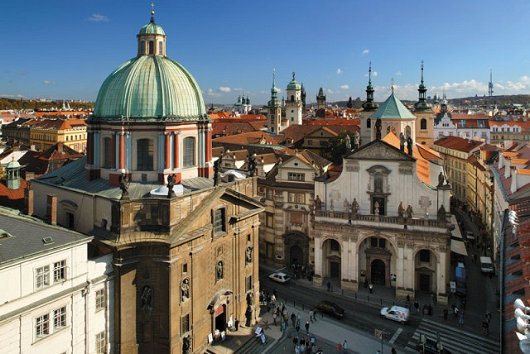
The churches of St. František (left) and St. Salvator (right) sit right across a little square from each other. St. Salvator was built by the Jesuits in the late seventeenth century, while the Order of the Knights of the Cross with a Red Star constructed the Church of St. St. František (or Francis).
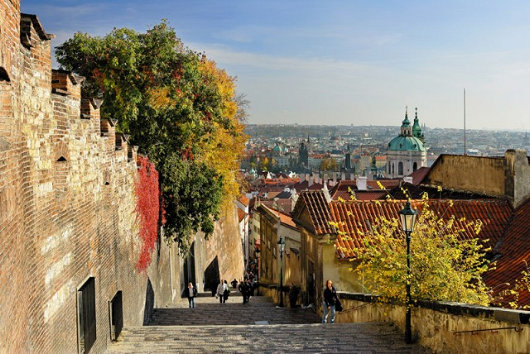
From the Old Castle Steps you can see the dome of St. Nicholas.
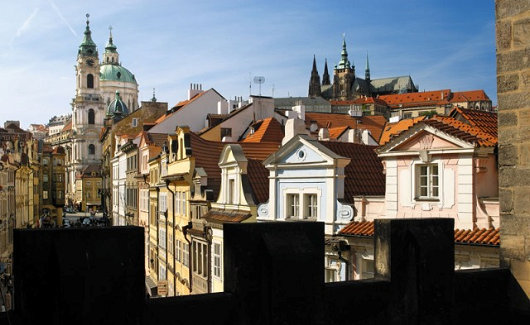
The Church, not to be confused with St. Nicholas at Old Town Square, is at the heart of the Malá Strana, or Lesser Quarter, just inside the quarter’s medieval gateway.
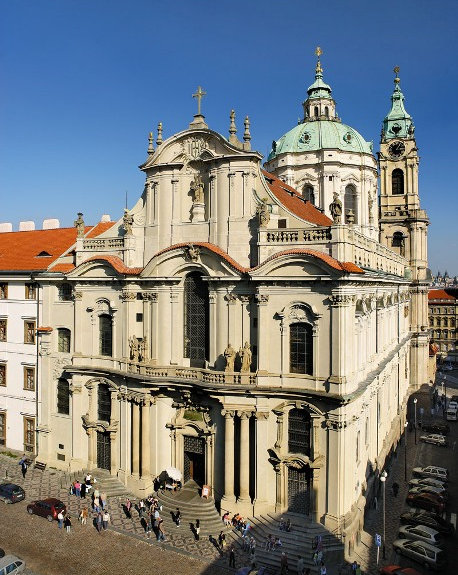
The church is the masterpiece of the Dientzenhofers, father Christoph and son Kilian Ignaz. (Confusingly, they also worked on the other St. Nicholas, at Old Town Square).
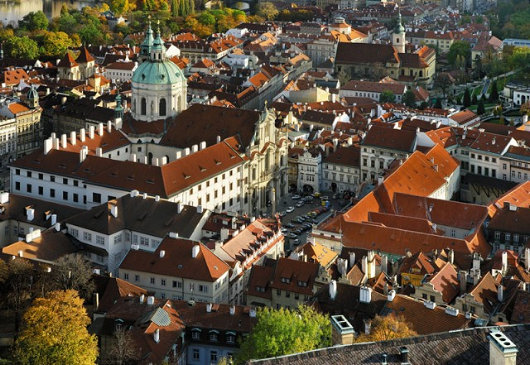
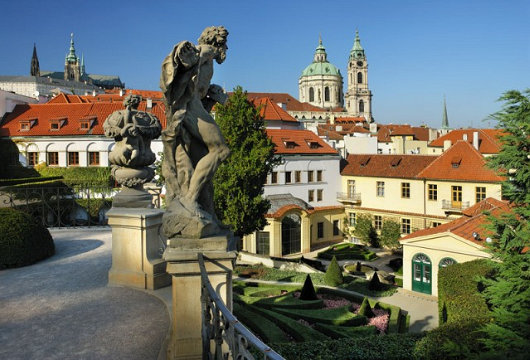
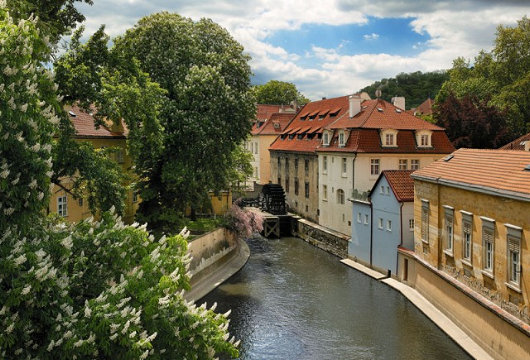
The Čertovka, an artificial channel, separates the Lesser Quarter from the artificial river-island of Kampa.
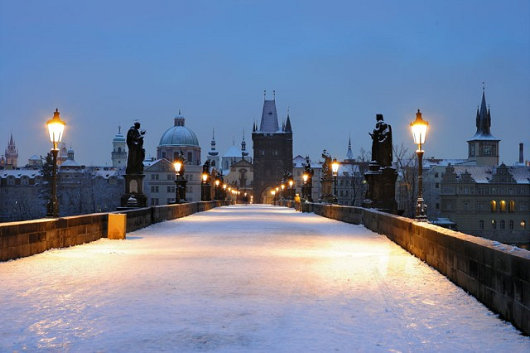
The Charles Bridge was begun by King Charles IV in 1357, connecting the Lesser Quarter to the Old Town across the Moldau. A number of statues were added to the bridge during the Baroque era.
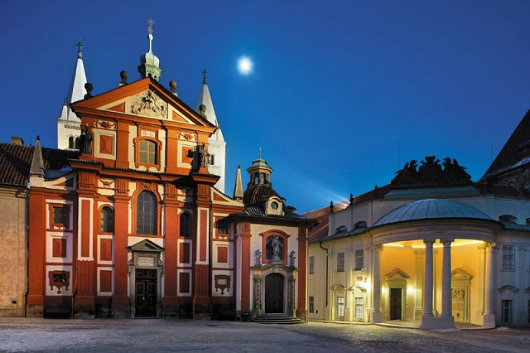
St. George’s Basilica is the oldest church in the Castle District. Founded in 920, rebuilt in 1142, and given a Baroque façade in the 1690s. The basilica now acts as a concert hall, and the neighbouring convent houses the National Gallery’s collection of nineteenth-century Bohemian art.
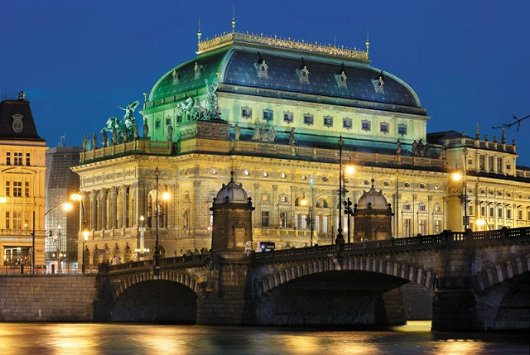
The National Theatre, one of the grandest public buildings of the Hapsburg empire, is Prague’s home of opera, drama, and ballet. It was opened in 1881 in the presence of the ill-fated Crown Prince Rudolf.
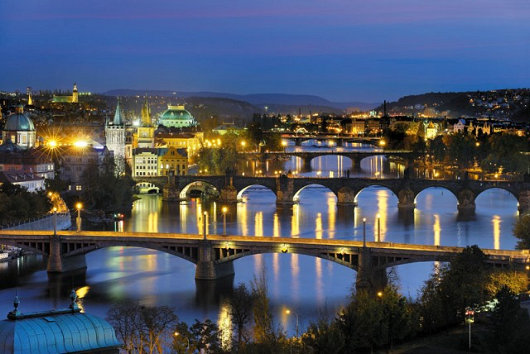
Search
Instagram: @andcusack
Click here for my Instagram photos.Most Recent Posts
- Faithful Shepherd of the Falklands April 8, 2025
- Articles of Note: 8 April 2025 April 8, 2025
- Proportionality Destroys Representation April 8, 2025
- Sag Harbor Cinema March 26, 2025
- Teutonic Takeover March 10, 2025
Most Recent Comments
Book Wishlist
Monthly Archives
Categories



Prague! Thank you for these beautiful images. Have you had the good fortune to go there? I’ve always wanted to.
Impressive post on an impressive city.
Is that where they shot the original Willy Wonka and the Chocolate Factory?
Happy Thanksgiving Andrew. (I’m waiting for the pumpkin pies to finish – fell way behind as the whole neighborhood it seems was in the house today. It was fun. Sir Basil just departed – to his house, not his grave, I think. This is a very friendly place.)
Thank you for these splendid photographs of the world’s most beautiful city.
One thing though: you over-simplify the Schwarzenberg saga. Part of the problem is a split within the family: Prince Karl on one side and his cousin Elisabeth on the other.
Karl is her father’s adoptive son, and therefore the real heir to whatever landed estate might be returned to the senior line (which died out in male line in 1979). Karl has in fact received back from the Czech state a large part of his own line’s property, including the castle in which he spent his childhood. He appears to have decided that it would be politically unwise to agitate for the return of the immense landed properties of the senior line which, even after the reforms of the mid-nineteenth century, still amounted to some 500,000 acres.
His cousin Elisabeth seems to think otherwise and has been fighting for what she considers her rights for many years now. One wishes her luck, but wishes at the same time that she and her husband would stop attacking Karl, and even suggesting that they are the rightful heirs of some of what has been returned to him.
Other families have also seen quite considerable family properties returned to them – i think particularly of the Colloredo-Mannsfelds (yes, the same family which gave us Mozart’s troublesome archbishop) who are again the happy possessors of some 70,000 acres and an immense baroque palace some 40 bays long.
Gorgeous. Thanks be to God that hideous design for a national library was not executed.
Fantastic pictures! I can’t wait to see Prague in person!